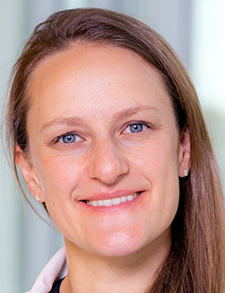Clinical question: What are medicine floor patients told about their hospital discharge instructions and by whom?

Dr. Mutter
Background studies: Prior studies have demonstrated suboptimal communication with patients about discharge plans of care, leading to preventable harm. In addition, a lack of clarity exists among team members about the responsibility of discharge communication.
Study design: Observational quality improvement study
Setting: Internal medicine services at two urban, tertiary-care teaching hospitals
Synopsis: A trained observer observed the communication of 33 medicine patients and their providers on the day of discharge. Only one patient received counseling on six key discharge communication domains; 59% of patients were not informed about the purpose of a medication change, 48% were not informed about the purpose of follow-up appointments, 82% were not counseled on red-flag symptoms, and only 3% were asked to teach back their discharge instructions. Nurses spent the most total time with patients on the day of discharge, though there were variable roles noted in who communicated what aspects of discharge education. Limitations of this study include the small sample size, inclusion of only English and Spanish-speaking patients, and lack of non-teaching hospital data.
Bottom line: Gaps remain in discharge education at teaching hospitals, with the health care teams in this study providing substandard explanations to patients regarding discharge plans.
Citation: Trivedi SP, Corderman S, et al. Assessment of patient education delivered at time of hospital discharge. JAMA Intern Med. 2023;183(5):417-23.
Dr. Mutter is an assistant professor in the division of hospital medicine at the University of Colorado Anshutz Medical Campus in Aurora, Colo.